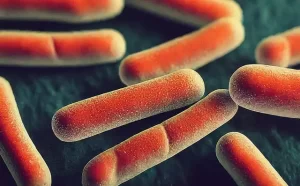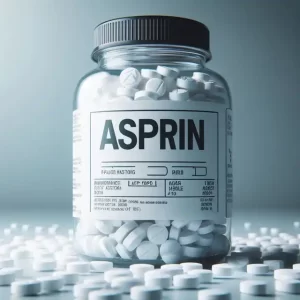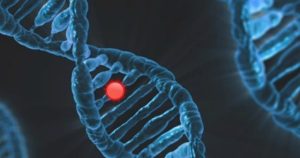Google Lens can now help people compare their skin health
- Why Botulinum Toxin Reigns as One of the Deadliest Poisons?
- FDA Approves Pfizer’s One-Time Gene Therapy for Hemophilia B: $3.5 Million per Dose
- Aspirin: Study Finds Greater Benefits for These Colorectal Cancer Patients
- Cancer Can Occur Without Genetic Mutations?
- Statins Lower Blood Lipids: How Long is a Course?
- Warning: Smartwatch Blood Sugar Measurement Deemed Dangerous
Google Lens can now help people compare their skin health
- Red Yeast Rice Scare Grips Japan: Over 114 Hospitalized and 5 Deaths
- Long COVID Brain Fog: Blood-Brain Barrier Damage and Persistent Inflammation
- FDA has mandated a top-level black box warning for all marketed CAR-T therapies
- Can people with high blood pressure eat peanuts?
- What is the difference between dopamine and dobutamine?
- How long can the patient live after heart stent surgery?
Google Lens can now help people compare their skin health.
Google is beefing up Google Lens, the computer vision-powered app that can display information about objects it recognizes.
Starting today, Lens can surface skin conditions similar to what you might see on your own skin, like moles and rashes.
Uploading an image or photo through Lens will initiate a search for a visual match, which will also apply to other physical ailments you might not be sure how to describe in words (like bumps on your lips, lines on your nails, or hair loss).

That’s one step short of Google’s AI-powered app launching in 2021 for diagnosing skin, hair and nail conditions.
Unveiled first in the European Union, the app faces barriers to entry in the United States, where it must be approved by the U.S. Food and Drug Administration. (Google declined to seek approval).
The Lens feature may be useful to someone deciding whether to seek medical or over-the-counter treatment. Elsewhere, as previously announced at I/O, Lens is integrating with Bard, Google’s AI-powered chatbot experience. Users can include images in Bard’s prompts, and behind the scenes Lens will help Bard understand what’s being displayed. For example, show a photo of shoes and ask what they are called, and Bard will respond after Lens’ analysis.
It’s Google’s answer to ChatGPT, and the latest update to Bard, as Google pours more and more resources into generative artificial intelligence technology.
Just last week, Google rolled out a feature that allows Bard to write, execute and test his own code in the background — improving his ability to program and solve complex math problems. And in May, Google partnered with Adobe to bring art generation to Bard.
Google Lens can now help people compare their skin health
(source:internet, reference only)
Disclaimer of medicaltrend.org
Important Note: The information provided is for informational purposes only and should not be considered as medical advice.



